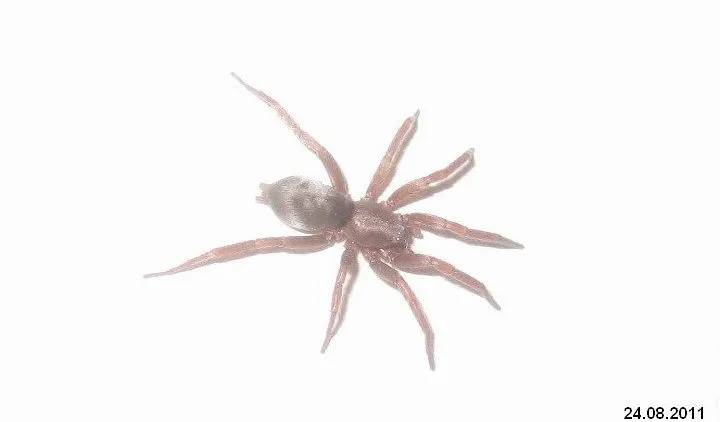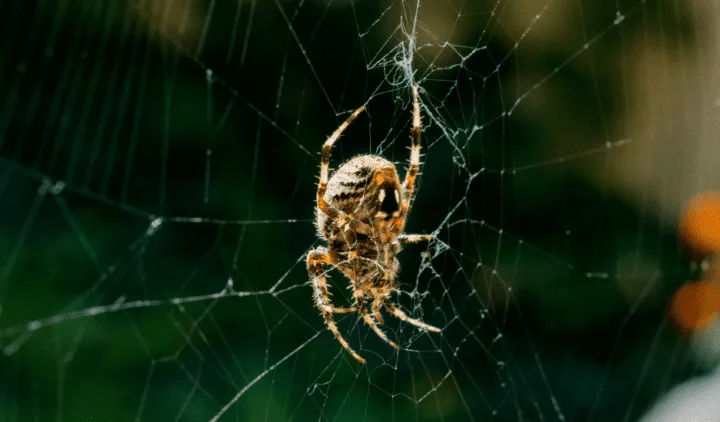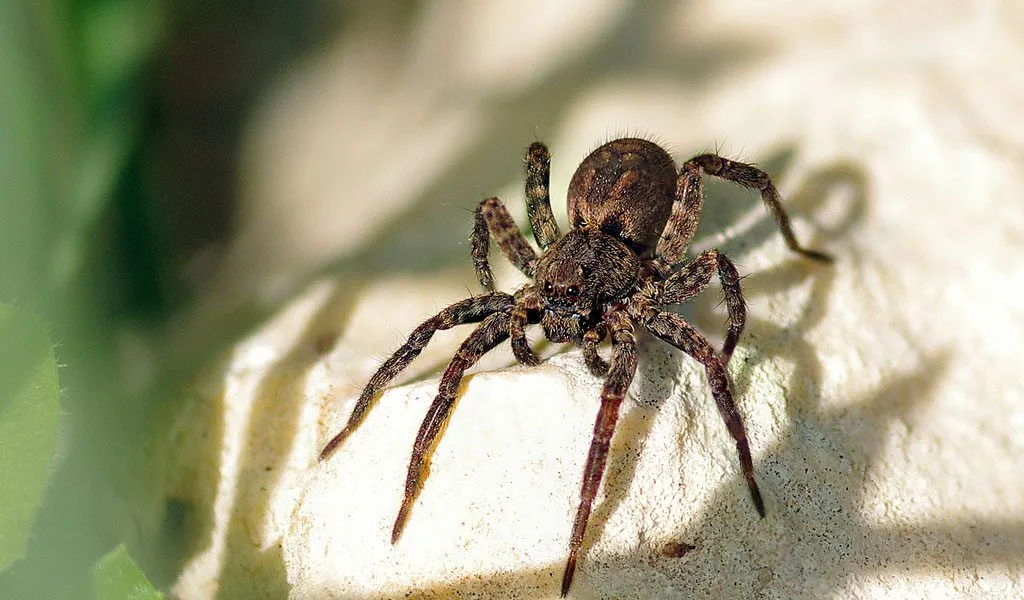What is a Mountain Tarantula
The mountain tarantula, a captivating arachnid, is a species of tarantula that has adapted to thrive in mountainous regions. These impressive spiders are known for their size, their often-hairy appearance, and their fascinating behaviors. They are not typically aggressive, preferring to avoid confrontation when possible, but can certainly defend themselves if they feel threatened. The term “mountain tarantula” is often used colloquially, as it doesn’t always refer to a single species but rather various tarantula species that inhabit mountainous or elevated terrains. Their existence is a testament to nature’s remarkable ability to adapt to diverse and challenging environments, making them a subject of intrigue for both scientists and enthusiasts alike. Their cryptic lifestyles and preference for hiding make them difficult to study, however, the knowledge that we have about them is astonishing.
Characteristics of Mountain Tarantulas
Physical Appearance

Mountain tarantulas, as with other tarantulas, exhibit a striking physical presence. They are generally large spiders, with body lengths ranging from 2 to 4 inches or more, depending on the species and individual. Their bodies are divided into two main parts the cephalothorax (the fused head and chest) and the abdomen. The cephalothorax features the eyes, mouthparts (chelicerae and pedipalps), and legs. The abdomen is typically covered in urticating hairs, which the tarantula can flick off as a defense mechanism. Coloration varies widely, from shades of brown and black to reddish or grey hues, often providing camouflage within their natural habitat. The legs are covered in sensory hairs, enabling them to feel vibrations and detect prey or potential predators.
Habitat and Distribution
The habitat and distribution of mountain tarantulas are as diverse as the species themselves. These spiders are typically found in mountainous or elevated terrains, which can include rocky slopes, canyons, and forests. The specific geographic distribution varies widely. Some species are endemic to particular mountain ranges, while others have a broader distribution across several regions. The distribution is greatly influenced by factors such as altitude, climate, and the availability of suitable burrows or shelters. They are found in various parts of the world, including North and South America, Asia, and parts of Europe. The ability to adapt to these different environments is one of the things that makes them so fascinating. Understanding their habitat is crucial for conservation efforts, as it helps identify and protect their vulnerable ecosystems.
Behavior and Lifestyle
Burrowing Habits

One of the most distinctive behaviors of mountain tarantulas is their burrowing habit. They typically construct burrows underground, which serve as shelters from predators and harsh weather conditions. These burrows can range in complexity, from simple tunnels to elaborate structures with multiple chambers and entrances. The tarantulas use their chelicerae (fangs) and pedipalps to excavate the soil, and they often line the burrow walls with silk to stabilize them. The burrow provides a stable microclimate, maintaining a consistent temperature and humidity level, which is essential for their survival. The depth and design of the burrow can vary depending on the species, the soil type, and the local environmental conditions. The burrow is their home, and they will defend it vigorously.
Diet and Feeding
What Do They Eat
Mountain tarantulas are primarily carnivorous, with their diet consisting mostly of insects, other arthropods, and sometimes even small vertebrates. Their diet can vary depending on the availability of prey in their habitat. Commonly, they will eat crickets, beetles, grasshoppers, and other insects that they can ambush or catch. Larger tarantulas might also prey on small lizards, rodents, or even small birds. They are ambush predators, waiting patiently for prey to come within striking distance before launching a swift attack. They inject venom into their prey to immobilize it, then use digestive enzymes to break down the tissues for consumption. This efficient hunting strategy allows them to thrive in various environments where other predators may struggle.
Predators and Threats

Natural Predators
Mountain tarantulas face threats from a variety of predators in their natural habitats. These include larger animals such as birds of prey, mammals (like coyotes, foxes, and skunks), and even other tarantulas. Some species of wasps are specialized predators of tarantulas, paralyzing them and using them as hosts for their larvae. The spiders have evolved several defense mechanisms to protect themselves from predators. These include their urticating hairs, which can irritate the skin and eyes of potential attackers, and their ability to bite. Their burrowing habits also offer protection, allowing them to retreat underground when threatened. The specific threats can vary depending on the geographic location and the ecosystem they inhabit.
Conservation Status
The conservation status of mountain tarantulas varies depending on the species and the region. Some species are considered common and widespread, while others are rare or threatened due to habitat loss, climate change, and collection for the pet trade. The primary threats to these spiders include habitat destruction from human activities such as deforestation, agriculture, and urbanization. Climate change can also affect their survival by altering the temperature and precipitation patterns in their habitats. Collection for the pet trade, particularly of rare or colorful species, can also put pressure on their populations. Conservation efforts are essential to protect these fascinating creatures, and these include habitat preservation, captive breeding programs, and public awareness campaigns.
Reproduction and Life Cycle

Mating Rituals
The mating rituals of mountain tarantulas are fascinating behaviors. The male tarantula, when ready to mate, will often construct a sperm web, deposit sperm onto it, and then transfer the sperm to his pedipalps. He then seeks out a female, often signaling his presence through vibrations or pheromones. The mating process can be risky for the male, as the female may sometimes view him as prey. To avoid being eaten, the male will often carefully approach the female, using his pedipalps to insert the sperm into her epigastric furrow (a reproductive opening). The mating process can be a brief encounter, and the male must be quick to retreat after mating to avoid being cannibalized. The survival of the male often depends on his agility and quick departure.
Egg Sac and Spiderlings
After mating, the female mountain tarantula will produce an egg sac, which can contain hundreds or even thousands of eggs, depending on the species. She carefully guards the egg sac, often keeping it in her burrow. The eggs hatch into spiderlings, which remain with their mother for a period. The mother provides care and protection, sometimes even feeding the spiderlings with regurgitated food. The spiderlings go through several molting stages as they grow, shedding their exoskeletons. They will eventually disperse to find their own burrows and establish their own territories. The life cycle of a mountain tarantula can be quite long, with some species living for several years, or even decades, making them a part of a diverse ecosystem.
Interactions with Humans

Keeping Mountain Tarantulas as Pets
Safety Precautions
Mountain tarantulas, with their impressive appearance and relatively docile nature, are popular as pets. However, it is essential to approach keeping these spiders with caution and respect. Safety precautions are paramount, and should include appropriate housing, handling techniques, and knowledge of potential hazards. The enclosures should be secure, with properly ventilated and escape-proof. Handling should be kept to a minimum, as tarantulas can be easily stressed. While their bites are rarely life-threatening, they can be painful. Additionally, contact with their urticating hairs can cause skin irritation. Therefore, responsible pet ownership includes researching the species, creating a suitable environment, and being aware of the potential risks.
Benefits and drawbacks

Keeping a mountain tarantula as a pet presents both benefits and drawbacks. On the positive side, these spiders can be fascinating creatures to observe, and they require relatively low maintenance compared to many other pets. They do not need to be walked or played with, making them a good choice for people with busy lifestyles. They also offer a unique opportunity to learn about the natural world and the amazing adaptations of these animals. However, there are drawbacks to consider. Tarantulas have specific environmental requirements, including temperature and humidity control, and the enclosures need to be properly maintained. They also require live food, which may not be suitable for everyone. Finally, while their venom is usually not dangerous to humans, bites can still be painful. It is crucial to carefully consider these factors before making the decision to own a tarantula.
Conservation Efforts
Conservation efforts are essential to protect mountain tarantulas and their habitats. These efforts encompass a range of strategies, including habitat preservation, captive breeding programs, and public education. Protecting their natural environment, through the establishment of protected areas and responsible land management, is a key element in ensuring their survival. Captive breeding programs are essential, particularly for rare or endangered species, which help to maintain a healthy population. Public awareness is also critical, as it helps educate people about the importance of these spiders and their role in the ecosystem. Promoting responsible pet ownership, which includes not collecting wild tarantulas and sourcing captive-bred specimens, also contributes to conservation efforts. With the continued efforts, we can help protect the mountain tarantulas for future generations.
